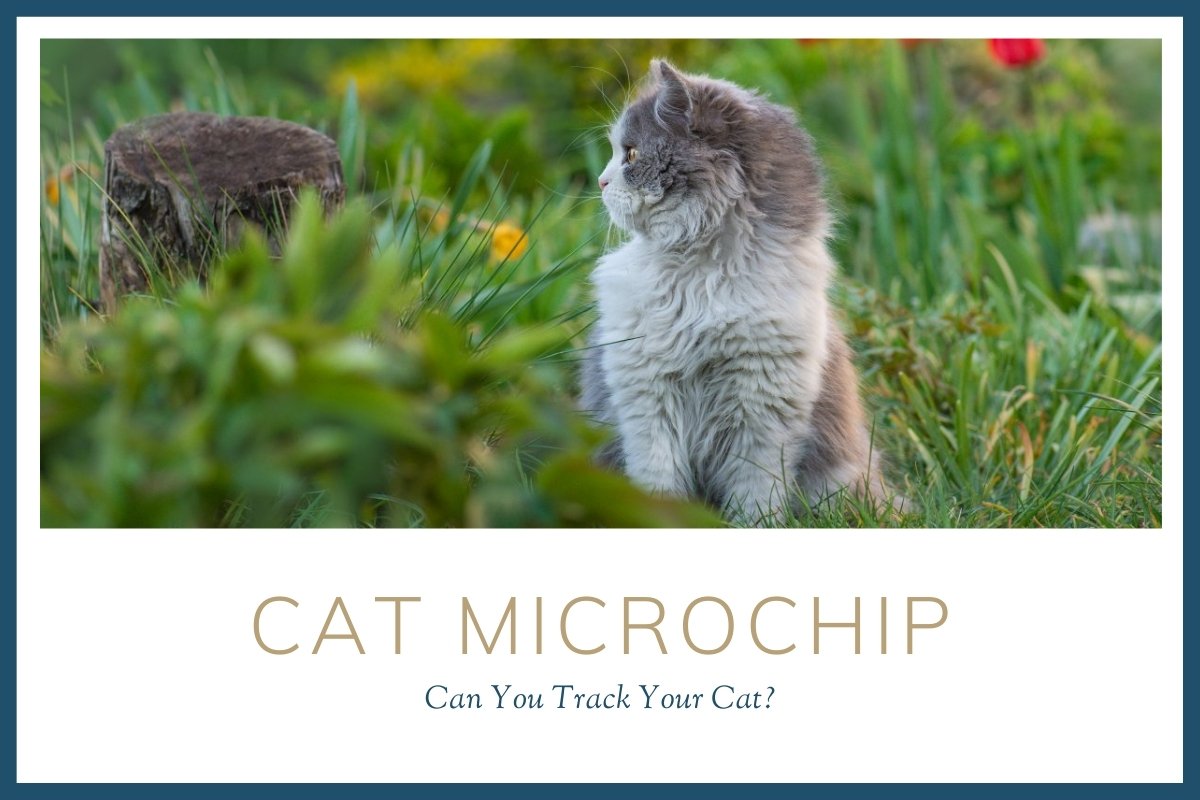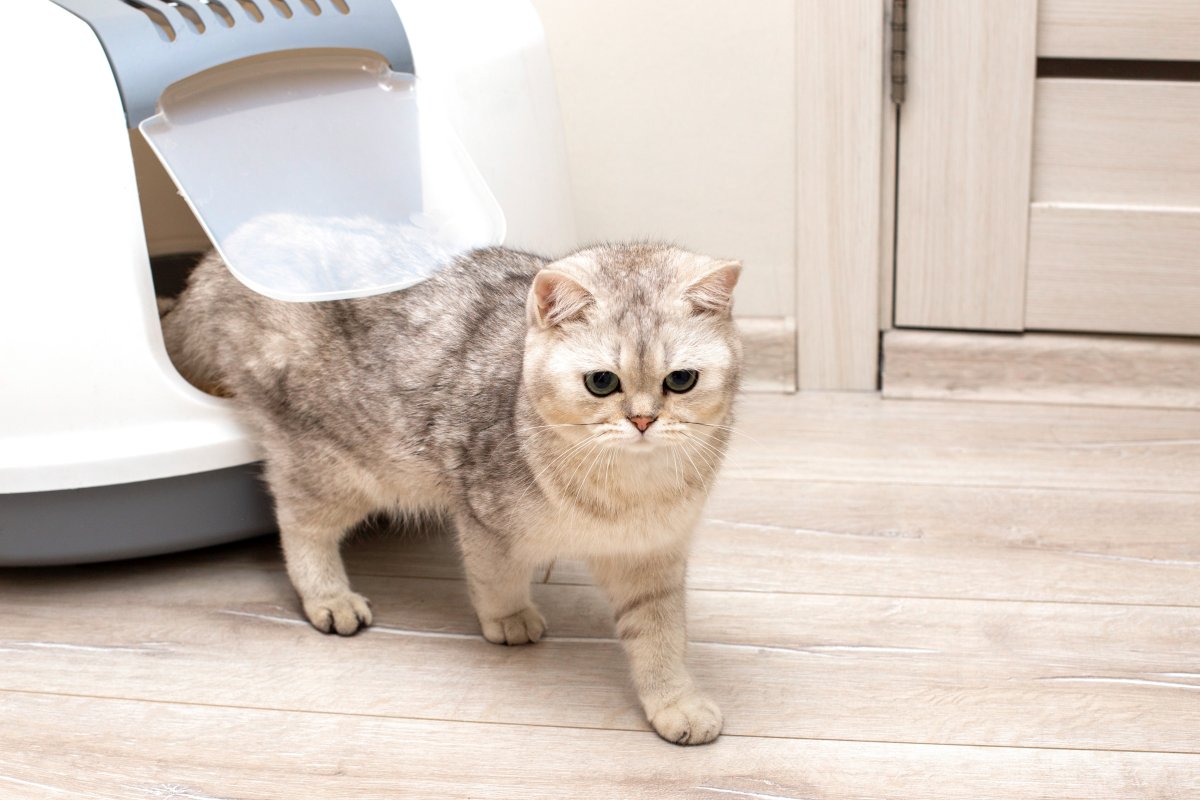Many pet owners have to face the hardship of losing their pets when they grow up and need outdoor exposure. This is where microchips come into play to counter this phenomenon.
A microchip is a tiny device implanted between an animal’s shoulder blade, and its purpose is permanent identification. The microchip is similar in size to a small grain of rice, but microchip scanners can easily detect it.
It is a wonderful invention that helps bring lost or stolen cats back to their owners. Vets and, in some cases, charity organizations can scan the cat microchip to identify where they live and who their owners are.
Can a Microchip Be Used to Track A Cat?
A microchip cannot track a cat if it goes missing because it is not a tracking device; it is used for identification purposes, as mentioned earlier.
In other words, a microchip cannot establish the real-time location of the animal it is implanted into.

How to Install a Microchip Into Your Cat?
It is a wise decision to first discuss with your vet if a microchip is the best option for your cat and act accordingly from there. The microchip can be implanted by a needle and is a very easy process. In most cases, the cat does not need any anesthesia.
However, a professional should do the implant process to avoid complications if injected incorrectly. Furthermore, the person injecting the microchip should be mindful of the exact location and depth of the cat microchip, so a scanner can detect it.
Registering Your Cat Microchip
After the microchip implantation, your vet should provide you with the activation ID or code and a phone number to complete the registry. Subsequently, you will need to register the microchip with the company that manufactured it by either calling on the toll-free number or the online website provided by your vet.
The registration process is imperative to getting a microchip for your cat. Otherwise, people who scan the cat microchip will not get any information regarding the cat’s owner. You will be required to provide information such as the microchip number, your name and contact information, your pet’s information such as its breed, age, gender, and color.

In some cases, you will need to give additional details about your pet’s health, such as the surgeries and vaccinations it has gone through. It is worth mentioning that providing said information is only half of the process; it also needs to be regularly updated to ensure that veterinarians and shelters can locate your current residence and get in touch with you as soon as possible.
To do this, you will need to contact the microchip manufacturer through their website or phone number to update your information if you change your phone number, etc. You will provide them with the pet’s microchip ID and the parts of your information that you want to update.
Locating Your Lost Cat Through the Microchip
The first step in trying to find your lost cat is entering your cat’s microchip number into the microchip manufacturer’s registry and then waiting for a response from the person who found your cat.
While it can be hard to wait to get news about your cat, it is not possible to make any progress unless the cat microchip is scanned for the cat founder to get your information and contact you.
If you did not install a microchip in your cat, there might still be a microchip implanted inside if you adopted your cat from a shelter. You are recommended to contact the shelter, confirm if that is the case, and remind them to notify you when your cat is found.

Using a GPS Tracker Chip for Cats
A GPS tracker is a good alternative if you choose to be consistently aware of your cat’s whereabouts.
Some GPS trackers have additional features that provide information on your cat regarding their temperature, activity level, and health monitoring. Nevertheless, you could choose between the basic model that only provides real-time pet locations or the one with extra features according to your personal preference.
In addition to that, GPS trackers come in various sizes, and you can find ones that have been specially designed for your pet’s species. For example, large GPS trackers are made for large and grown dogs, while small ones are for cats and puppies. Moreover, these GPS chips for cats can be attached to your cat’s existing collar, or you could purchase a GPS built-in collar.

Your cat is going to be wearing this tracker permanently. Therefore, it is recommended that your cat remains safe while wearing these by attaching a small tracker to a breakaway collar to avoid possible injuries.
Finally, once the tracker is attached to your cat, you will be able to monitor its real-time location at any time. You can even find out about their favorite places and potentially second or even third homes through additional features.
Limitations of GPS Chips for Cats
It is worth mentioning that these GPS trackers have a few drawbacks. To begin with, these GPS trackers and the collars they are attached to can easily be broken or separated from the cat in case of an accident or theft.
Additionally, these cat tracker chips require sufficient GPS coverage to operate. If the cat has wandered off too far to receive signals, it may become a problem.
Moreover, these trackers function by depending on batteries which poses another drawback. The owner will be required to either charge the device or regularly change the batteries.








4 comments